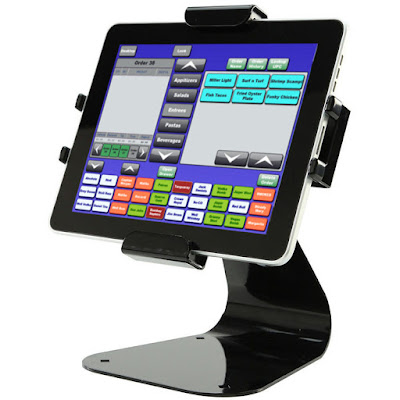Hospitality POS Systems United States
A professional quality POS system is a competitive requirement for any modern restaurant business, which is not an option in recent times. This is because efficiency is the key to success in a competitive food industry. Reduce order errors and waste. Organize ordering and serving processes. The maximum table is changed. Control and manage food and labor costs. Manage and enhance distribution functions. These and many others are tasks performed by a well-designed professional POS system; Work that often means the difference between success and failure in the food service business.
If you run a small food service business, you can afford the POS system if you know the good points of selecting one. Here are the most expensive mistakes to avoid:
1. Do not confuse POS systems with 'toy'. A POS system performs many essential tasks to benefit your business. A toy is nothing more than an overcrowded credit card machine and an order entry device on a computer screen.
2. Do not underestimate the true cost of a POS system in United States. Like your car, the initial price tag is the beginning of the cost of ownership, away from the final number. How much will service contracts cost? ... yes you will need service sooner or later. What are coverage and exclusions? Who will do warranty-repair, replacement and maintenance? How long will your business be closed waiting for repair or replacement? How compulsory will the PCI and software upgrade cost be, and who will facilitate and pay for them? When do you call (if not) you need technical support or customer service, and how much will it cost? Costly and annoying pay-per-charge charges are a real budget buster every time you need help.
3. Do not confuse 'live' POS with 'back office' POS. The difference is important because you will soon realize if you do not know the difference.
4. Is the POS you are considering supporting future technology that you want or may need to remain competitive? Or will it become obsolete before paying for it? IPad integration, reservation module, gift card, caller ID and similar things.
5. Avoid long-term bandages if possible. If you must lease, then understand what a lease is. A lease is not the same as a month-to-month rental. There are much smarter, better, less expensive ways to install a good POS system in your restaurant.
6. Allocate your dollars wisely. As long as money is not a commodity, spend the dollar you have where it depends on marketing your business. Do not tie your money to devices like your POS. See # 5 above.
7. Do not include options you may need in the software package. Often, reservation modules, fresh sheet modules and others are only available as very expensive third party add-ons. Know what you are getting
8. Do not underestimate down payment, lease or financing fees or upfront costs such as closing costs, deposits, installations, wiring, DSL and training expenses. Who offers? How much?
9. Don't forget to back up. Include? Auto or manual? Who offers? How much?
10. Do not compromise for generic off-the-rack POS software. The programming, organization, menu, layout, and general look and feel of the POS program need to fit your particular and unique operation, not the restaurant down the road. There is no such thing as a one-size-fits-all POS program.
The days when professional POS systems were only within the financial reach of major restaurant chains are long gone. They are now easily obtainable by all types of food service operators, large and small ... if they know how to go about it and avoid pitfalls. Solutions and creative alternatives to all of the above fault scenarios are asking for those who know where to find them.


Comments
Post a Comment